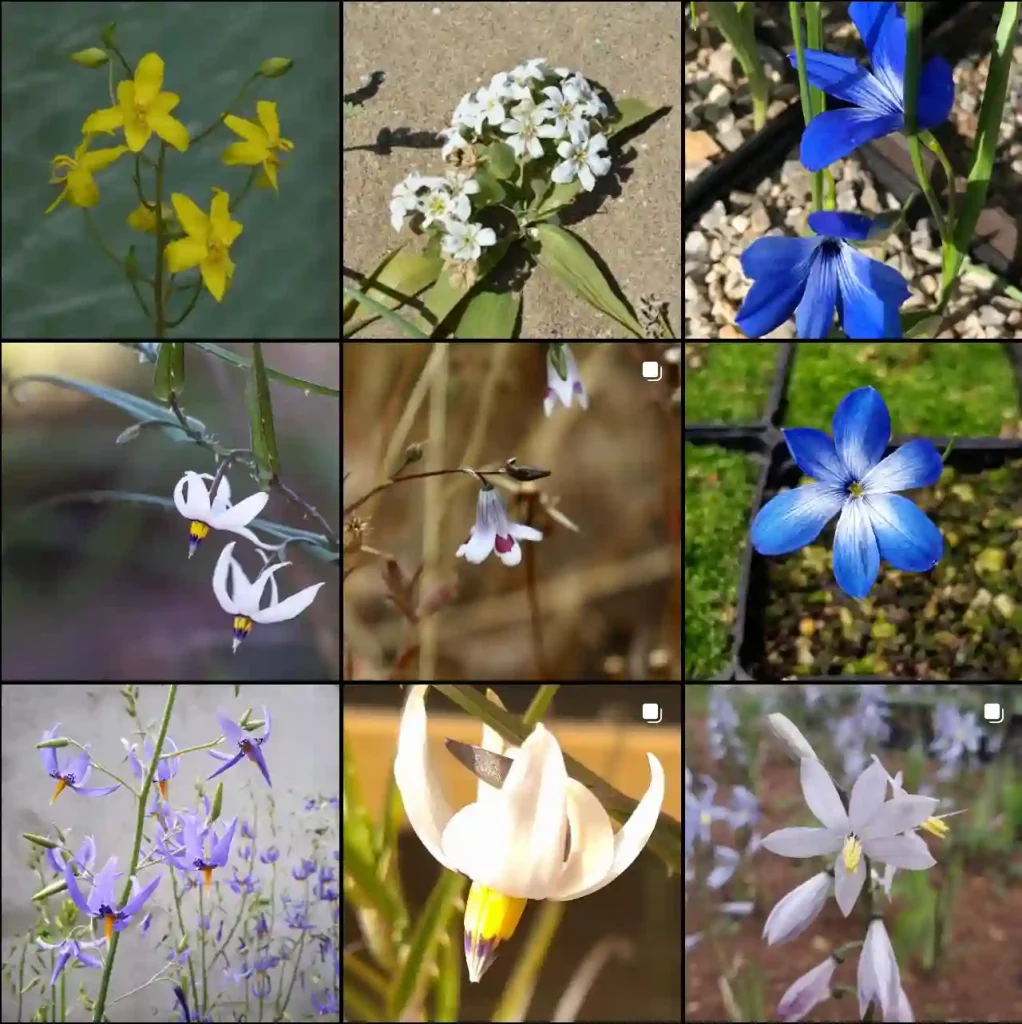My Fascination with the Nephelium Genus
As a botanist, I’ve always been drawn to the diversity and wonder of the plant kingdom. One genus that particularly piques my interest is Nephelium, a group of tropical trees belonging to the soapberry family, Sapindaceae. Native to Southeast Asia, these evergreen trees are renowned for their luscious fruits, some of which are commercially cultivated and enjoyed worldwide.
Unpacking the Diversity within Nephelium
The Nephelium genus encompasses roughly 24 species, each with its unique characteristics and distribution. Here are:
- Nephelium lappaceum: This is the most recognized species, producing the beloved rambutan fruit. Its hairy red exterior and sweet, translucent flesh make it a popular tropical treat. Plant FAQs: Rambutan – Nephelium Lappaceum
- Nephelium ramboutan-ake: Known for its smaller, yellow fruit with a slightly acidic taste, this species is less common than its rambutan cousin.
- Nephelium mutabile: This species yields the pulasan fruit, which boasts a thicker rind and a flavor profile similar to rambutan.
- Nephelium hypoleucum: This species is known for its larger leaves and inedible fruit.
- Nephelium aculeatum Leenh.
- Nephelium compressum Radlk.
- Nephelium costatum Hiern
- Nephelium cuspidatum Blume
- Nephelium daedaleum Radlk.
- Nephelium hamulatum Radlk.
- Nephelium havilandii Leenh.
- Nephelium juglandifolium Blume
- Nephelium laurinum Blume
- Nephelium macrophyllum Radlk.
- Nephelium maingayi Hiern
- Nephelium meduseum Leenh.
- Nephelium melanomiscum Radlk.
- Nephelium melliferum Gagnep.
- Nephelium papillatum Leenh.
- Nephelium reticulatum Radlk.
- Nephelium subfalcatum Radlk.
- Nephelium toong Raoul & Sagot ex Crevost & Lemarie
- Nephelium topengii (Merr.) H.S.Lo
- Nephelium uncinatum Radlk. ex Leenh.
The Allure of Nephelium
What captivates me most about Nephelium is the unique interplay of botanical features and economic significance. These trees are not merely sources of delectable fruits; they also play a vital role in their native ecosystems, providing habitat and sustenance for various animals. The timber of some Nephelium species is also valued for its durability and aesthetic qualities.
Moreover, the cultural significance of Nephelium fruits in Southeast Asia adds another layer of intrigue. These fruits are deeply embedded in local traditions, cuisines, and folklore, reflecting a long-standing relationship between humans and nature.
Delving Deeper into Nephelium lappaceum (Rambutan)
Among the Nephelium species, the rambutan holds a special place in my heart. Its peculiar appearance, with its crimson hairy exterior, never fails to elicit curiosity. But it’s the succulent, sweet flesh beneath the rind that truly captivates the senses.
The rambutan tree itself is a marvel of nature. Its evergreen foliage provides year-round greenery, while its delicate flowers give way to clusters of vibrant fruits. The cultivation of rambutan is an art, requiring careful attention to soil conditions, water availability, and pest control.
The economic impact of rambutan cultivation is substantial, particularly in countries like Thailand, Malaysia, and Indonesia. The fruit is not only consumed fresh but also processed into jams, jellies, and beverages, further contributing to its economic value.
Exploring the Future of Nephelium
As a botanist, I’m eager to witness the continued exploration and understanding of the Nephelium genus. Research into the genetic diversity, ecological roles, and potential applications of these trees can unlock new avenues for conservation, sustainable agriculture, and economic development.
The potential for developing new cultivars with improved fruit quality, disease resistance, and adaptability to different climates is particularly exciting. By harnessing the power of biotechnology and traditional breeding techniques, we can enhance the resilience and productivity of Nephelium cultivation, ensuring its continued contribution to both human well-being and ecological balance.
In conclusion, the Nephelium genus stands as a testament to the wonders of the plant kingdom. Its diverse species, economic significance, and cultural relevance make it a captivating subject for botanical exploration. As we continue to unravel the mysteries of these fascinating trees, we pave the way for a future where both nature and humanity can thrive.



